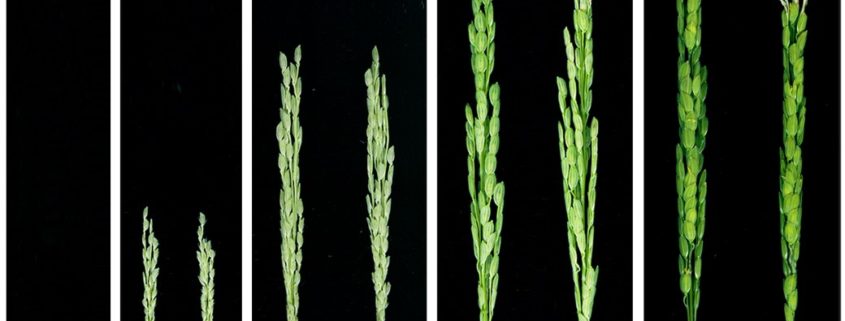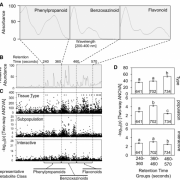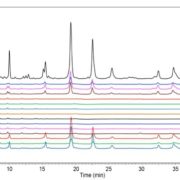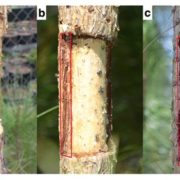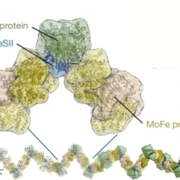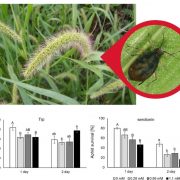A Malate Transporter in Rice Panicles
Heng et al. demonstrate a role of OsALMT7-mediated malate transport in panicle development and grain production of rice. The Plant Cell (2018). https://doi.org/10.1105/tpc.17.00998
By Yueqin Heng, Chuanyin Wu and Jianmin Wan
Background: Rice is a staple food for more than half of the world’s population. The number of spikelets on a panicle (panicle size) is an important component determining grain yield of a rice plant. The apical meristem initiates spikelet primordia after the transition from vegetative to reproductive growth. However, not all the spikelets develop to the mature stage to bloom, especially at the tip of the panicle, a phenomenon called panicle apical abortion (PAAB). It is known that imbalance in nutrition and environmental factors, such as high air temperature and high humidity, can cause severe PAAB, thus significantly reducing grain production. We have limited information on the molecular mechanisms involved in PAAB.
Question: We wanted to know if PAAB can be managed by either genetic engineering or agricultural practices. As a first step, we tried to understand mechanisms underlying PAAB. We began with isolation of a PAAB mutant, paab1-1, and studied the role of OsALMT7, an aluminum-activated malate transporter, in panicle development.
Findings: We began with isolation of a PAAB rice mutant, paab1-1, that displays the panicle apical abortion phenotype. We cloned paab1-1 and identified the causal gene as OsALMT7. The OsALMT7 protein is localized to the plasma membrane and functions as a malate transporter, with preferred expression in the phloem. Functional disruption of OsALMT7 in the mutant leads to graduated reduction in malate content from bottom to top of the panicle. Malate deficiency triggers programmed cell death, and as a result the spikelets with low malate content are finally aborted. Thus, OsALMT7 ensures sufficient supply of malate to support rapid growth of the panicle likely by loading the nutrient from the phloem. These findings highlight a key role of malate for maintaining panicle size and grain yield in rice.
Next step: We would like to know if there is oscillation in OsALMT7 expression and malate content in developing panicles in response to changes of air temperature and humidity. As malate is a central metabolite in the plant cell, it will also be important to understand how malate deficiency triggers programmed cell death.
Heng el al. (2018) Panicle Apical Abortion1 Encodes an ALMT Transporter and Plays a Critical Role in Maintaining Panicle Size and Grain Yield by Mediating Malate Transport in Rice. Plant Cell DOI: https://doi.org/10.1105/tpc.17.00998
Keywords: Panicle development, Malate, Malate transporter, Programed cell death
Tags: Functional Genomics, Biochemistry, Grain Yield, Rice


